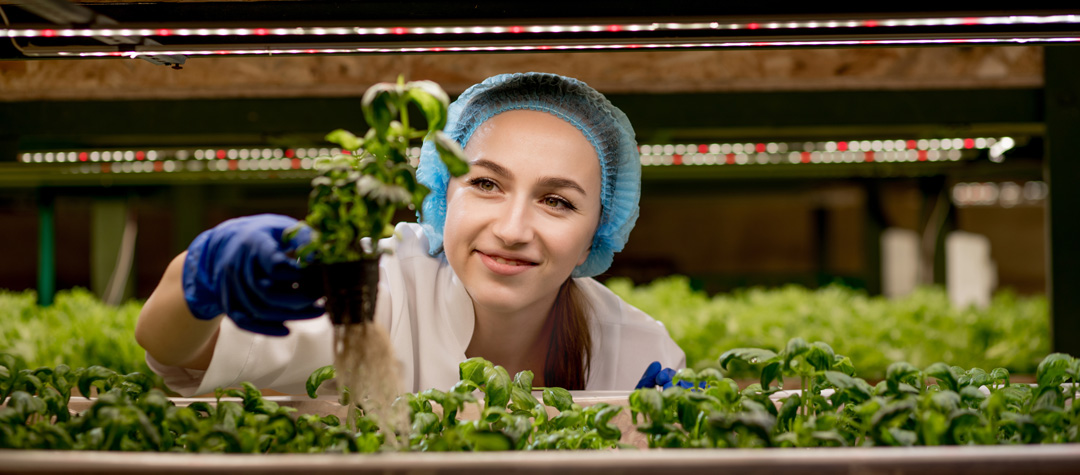Categoria não encontrada
Performance

Technological food? Learn about innovations in the food market
Today we brought you a subject that speaks volumes about how we will eat in the future: it is the day to talk about technological food.
We want to show you that there is already a lot of technology involved in the food on your plate today. But we will also show you how advances in various areas will completely transform our relationship with what we eat.
As always, this will be an article with direct, practical language, without beating around the bush. Our interest is to make sure that you get the information.
So, come take a closer look at what we have to talk about technological food. Get comfortable and enjoy the reading .
Read also: Daily protein intake: what is the appropriate nutritional indication?
What is a technological food? Understand
Meat can be defined as the product resulting from the continuous transformations that occur in the muscle after the animal is slaughtered.
It is a highly nutritious food, with high biological value proteins, minerals, and vitamins, particularly those of the B complex. Although the concept of quality is broad, referring to the characteristics of the product that meet consumer needs, the concept of meat quality involves a number of factors, among which the most prominent in consumer evaluation are the flavor and color.
The color of the meat is influenced by the amount and physical state of myoglobin. Maxioglobin is the pigment responsible for the intense red color observed in beef.
Oxidation of the oxymyoglobin pigment to metamyoglobin, a brown pigment, leads to rejection of the product, since consumers associate dark meat as coming from old animals or being exposed to sale for a long time.
And why do we say all this? Because today it is already possible to simulate all these elements in other foods.
On the subject of health: Get rid of disease: the role of protein in the immune system
Even insects are technological food
According to the detailed report of the Food and Agriculture Organization of the United Nations, insects are already consumed by at least 2 million people.
Although many people may not like the idea of eating them, they are high in fat, protein, fiber and minerals.
In addition, eating insects is also appropriate and environmentally friendly. Some of them are surprisingly very similar to foods we are already used to, such as apple, bacon, peanut butter or fish.
And to get it to the end consumer requires a lot of involvement from high-tech areas.
But what about lab-grown foods
Genetically modified salmon will make its debut on American plates. This fish is the first altered animal to be released for human consumption in the United States. The first crop was released in 2020, but it has really grown in recent months, after delays because of the pandemic.
The salmon was engineered by a biotechnology company. Those who will prepare the food are restaurants and other meal delivery services, precisely establishments that do not have to label the food as genetically modified.
The fish have been bred on a farm in Albany, Indiana. They grow twice as fast as wild salmon and reach market size, between 3.6 and 5.4 kilos in a year and a half.
See also: Quality more than quantity: how to evaluate the quality of your daily diet
What about food preservation? Is it a technology?
Basically, conservation technologies act to contain or eliminate microorganisms that deteriorate food.
The microorganisms present in food belong to the groups of bacteria, fungi, protozoa, and viruses, and come from various sources of contamination, including soil, water, plants, equipment and utensils, intestinal tract, handlers, air, and dust.
Food has a very large number of components, of which water, proteins, fats or lipids, and carbohydrates are present in the greatest quantity.
Other components present in smaller quantities are minerals, vitamins, and nucleic acids.
Just as humans and other animals are able to digest and utilize a large part of the components present in food, microorganisms are also able to do this.
Therefore, if the microorganisms have contact with the food and the conditions are favorable, they will promote a kind of digestion (deterioration) of this food and make it unfit for consumption.
What else can we say about technological foods?
Trend or fad?
Technological foods, the so-called food tech, have not arrived here yet. The Brazilian consumer, in the field of food, wants to go back to the roots: to rescue the countryside lifestyle.
The ball of the moment are organic foods, basket subscriptions straight from the farm, free-range eggs. Abroad, however, food tech is starting to impose itself.
In other words, we know that the food of the future will be different, because today, more and more, technology can bring the best of both worlds. Improving the performance of livestock farming and several other sectors.
Did you like today’s article? Then keep following our blog. We are always bringing tips, news and news about the world of feeding that generates results.
Thank you for reading and see you next time.